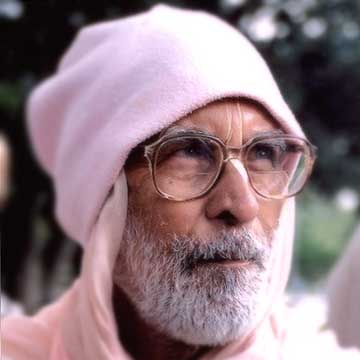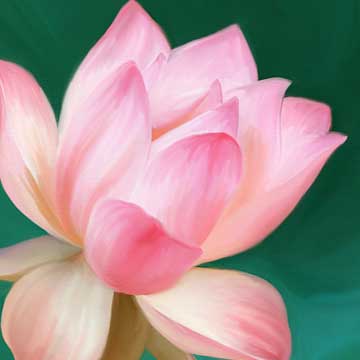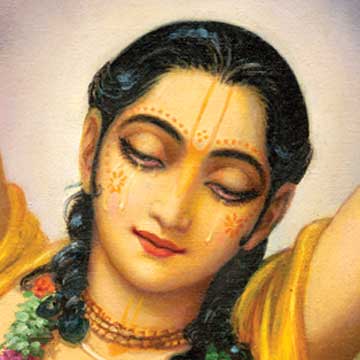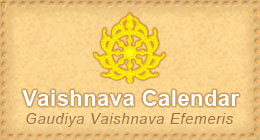Disappearance Day of Sri Baladeva Vidyabhusana
- Details

Today is the disappearance day of Sri Baladeva Vidyabhusana - one of the most elevated acaryas in our disciplic succession. Today is also the birthday of Srimati Gangamata Gosvamini, and it is also the very day that the Ganges River came to this world. Three holy days are here. In India, in all our Mathas (temples), there will be a very big festival of harikatha for these prominent leaders in devotion to Sri Krsna.
Appearance Day of Sri Gangamata Thakurani and the Ganga
- Details

In Bengal, around the time of Srila Rupa Gosvami, a king and his family were living in Putiya. The king had a very beautiful daughter named Saci-devi, who, from a very young age, used to worship Sri Sri Radha and Krsna. When Saci-devi grew-up somewhat, she decided that Sri Krsna is her only beloved. She determined, "I will not marry any person in this world, for my beloved is Lord Krsna Himself - Syamasundara...
You May Die Tomorrow
- Details
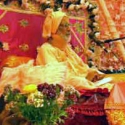
Sravanam kirtanam visnoh smaranam and so on - all these general practices are in the category of vaidhi-bhakti when they are performed in the mood of worshipping the Lord in with awe and reverence, or when they are performed with a desire to attain that mood purely. Do you understand clearly? The same practices, performed with a special mood of greed to attain the devotion of the residents of Vrndavana, are called raganuga-bhakti...
The Appearance Day of Sri Ganga-Devi
- Details
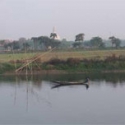
There is another history, which is in the Brahma-vaivarta Purana. Ganga is a sakhi, a gopi like Lalita, Visakha, Srimati Radhika, Candravali and others like them. One day Sri Krsna was sitting with Ganga-sakhi, and He was engaged in some pleasant talks. In the meantime Srimati Radhika came and saw them, and She thought, "Oh, Krsna is meeting with Ganga-sakhi?"
A Lawn Darsana
- Details
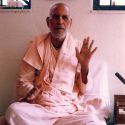
Srimati Radhika and all the gopis are most beautiful. If one sees them he will die, because he will change his body and go to Goloka Vrndavana. This material body will not survive because it is not able to take darsana of the transcendental world.
If Someone Urinates On You
- Details
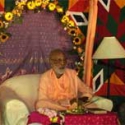
Be enthusiastic at the time of hearing, remembering, serving the Lord’s lotus feet (pada sevanam) and worship of the Deity form of the Lord (arcanam). Cooking is also arcanam – don’t be neutral at any time. This is the symptom of bhakti. If one has bhakti, one is enthusiastic to first please guru and to then please Sri Krsna. How will we know that guru is happy with my activities?
Disappearance of Sri Baladeva Vidyabhusana
- Details

My supremely worshipable Gurudeva nitya-lila-pravista om visnupada astottara-sata Sri Srimad Bhakti Prajnana Kesava Gosvami Maharaja demonstrated his veneration for Sri Gaudiya Vedanta and for sri-gaudiya-vedantacarya Srila Baladeva Vidyabhusana Prabhu by using Prabhu’s name in establishing the society ‘Sri Gaudiya Vedanta Samiti’ and also in awarding his sannyasa disciples the title ‘Sri Bhaktivedanta.’
As an Intimate Friend
- Details
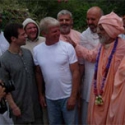
Still, the ‘girl’ was grave and did not say anything. Srimati Radhika then said, “Perhaps you have a headache or some pain in your body, and that is why you are not speaking. My father has given me some good maha-narayana massage oil. It can cure anyone...
What Are You Doing, My Brothers, My Sisters?
- Details
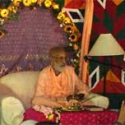
Yesterday the subject was very high, but for preachers it is essential to know. If anyone does not know all philosophical conclusions (siddhanta), he cannot be strong. At any time he may fall down...
Don't Be Proud Of Your Intelligence
- Details
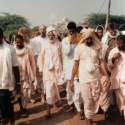
Service requires a special relation. Now our goal is not fixed. What is our goal? "I should serve Krishna. I am an eternal servant of Krishna". But what kind of servant are you? This goal must be fixed, and it will come if you are initiated in the true sense; not only by fire sacrifice or when the guru changes your name. Simply that will not do...
How to Fulfill All Your Desires
- Details
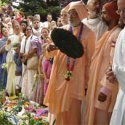
If anyone takes part in the Govardhana-annukuta festival, and makes any preparation or even gives one grain, that person will never have to beg. Laksmi, the Goddess of Fortune herself, may have to beg, but that person will never have to beg. You can perform this worship even in your house. Today we are doing it here because I am here..
Not a Laughing Matter
- Details
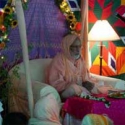
We have been discussing the conditioned soul. We have explained how you came under the control of maya, and how you can become liberated and serve the lotus feet of Sri Sri Radha-Krsna. We have been explaining this for two days...
A New Topic
- Details

This is my tenth visit to Badger. Each year I travel around the world and remind everyone about krsna-bhajana. I encourage the devotees not to be weak. I tell them to be strong in bhakti...
This Will Be Enough For You
- Details
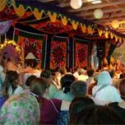
I am explaining to you the commentary of the first verse of Srimad-Bhagavatam, as Sri Svarupa Damodara explained it to Srila Bhaktivinoda Thakura...
You, The Living Entity
- Details
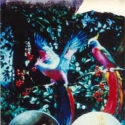
The jiva is a separated part and parcel of Krsna, but don’t think he is separate. He has no separate existence. He will always be subordinate to Krsna, in Goloka Vrndavana and here also...
Deep Talking While Walking
- Details
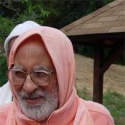
Fire is everywhere, but it is not seen. Similarly the jiva, Goloka, Vaikuntha and all of the spiritual existences have come from cit-sakti, or antaranga-sakti, (the transcendental, internal potency of the Lord) They are not visible by these eyes. Only when, if they manifest themselves for some reason, can we see and know them...
Page 26 of 48

